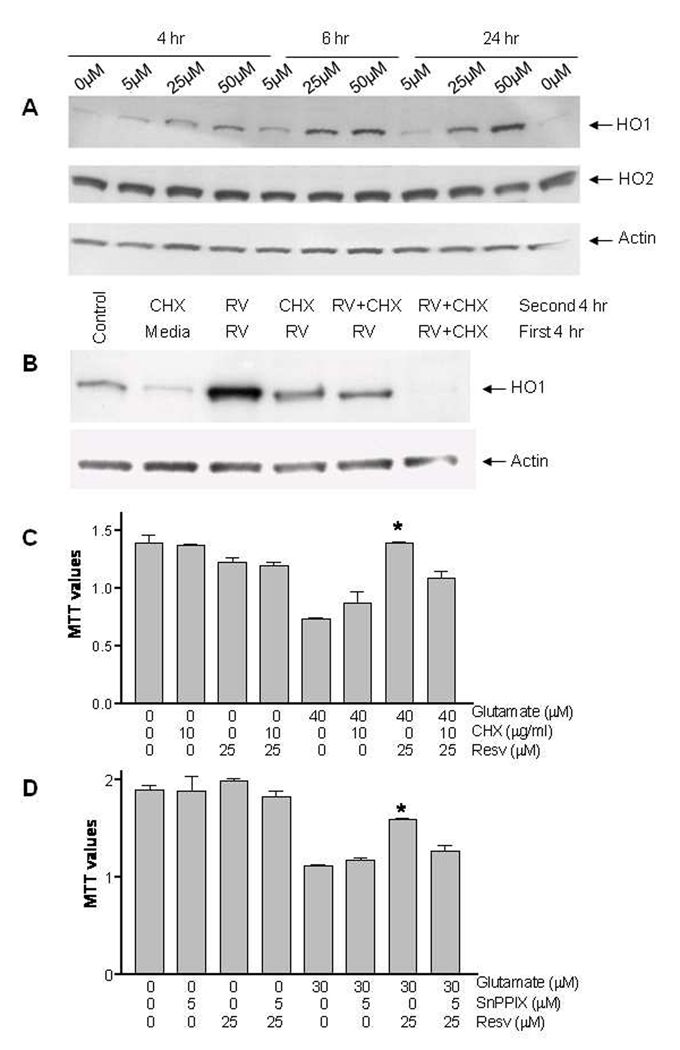Fig 1. Resveratrol induces HO1 and protects against excitotoxicity in primary neuronal cultures.
(A) Effect of different concentrations of resveratrol and treatment periods on HO1 and HO2 protein expression in neuronal cultures. Mouse cortical neurons cultured in serum-free conditions for 10–14 days were harvested at different times after resveratrol treatment; proteins were analyzed by Western blot. Resveratrol induced HO1 expression dose and time dependently but did not affect HO2. Actin was used to confirm equal loading. (B) Effect of resveratrol (RV) and the protein synthesis inhibitor cycloheximide (CHX) on HO1 protein expression in neuronal cultures. Cells were treated with vehicle (control), resveratrol (25 µM) or resveratrol together with CHX for the first 4 h, then with resveratrol, CHX (10 µg/ml) or both together for the remaining 4 h before being harvested and analyzed. CHX blocked the increase in HO1 expression. (C) The protective effect of resveratrol pretreatment against excitotoxicity induced by glutamate in primary cultured neurons was significantly reduced by treatment with CHX. Neuronal cultures were first pretreated for 4 h with CHX or vehicle, rinsed once, and then treated with resveratrol for 6 h. Then, cells were rinsed and incubated with fresh medium containing 40 µM glutamate or vehicle (control). After 24 h, cell survival was estimated by MTT assay, which is an indicator of mitochondrial function. (D) The protective effect of resveratrol pretreatment against excitotoxicity induced by glutamate in cultured neurons was significantly reduced by HO inhibitor. Cells were pretreated with 25 µM resveratrol for 6 h; then cells were rinsed and incubated with fresh medium containing 30 µM glutamate or vehicle (control), with or without 5 µM of the HO inhibitor SnPPIX. After 24 h the cell survival was estimated by MTT assay. Experimental conditions were carried out in quadruplicate, and the experiment was reproduced four times with different primary culture batches.

